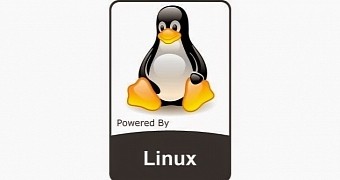Just two months after the end of life of the Linux 4.15 kernel series, renowned Linux kernel maintainer Greg Kroah-Hartman announced the end of life of Linux kernel 4.16.
Back on April 2018, Greg Kroah-Hartman announced the eighteenth point release to the Linux 4.15 kernel series to inform the Linux community that this is the last update that would be released for the branch, urging users to update to the Linux 4.16 kernel series, which appears to have followed the same road.
Earlier this week, the developer released Linux 4.16.18 as the eighteenth and also the last maintenance update in the series, notifying users that Linux kernel 4.16 is now EOL (End of Life) and won’t receive further updates. Greg Kroah-Hartman urged users to move to a more recent Linux branch, namely the Linux 4.17 kernel series.
“I'm announcing the release of the 4.16.18 kernel. All users of the 4.16 kernel series must upgrade,” said Greg Kroah-Hartman in a mailing list announcement where he also added a note that stated “This is the LAST 4.16.y kernel release. This branch is now end-of-life. Please move to the 4.17.y kernel now.”
Upgrade to Linux kernel 4.17 now
If you’re using a GNU/Linux distribution powered by a kernel from the Linux 4.16 series, you should prepare to upgrade to the latest Linux 4.17 kernel branch as soon as possible. You can do this by downloading the source tarball of the most recent Linux kernel 4.17 point release from kernel.org and compile it for your architecture.
On the other hand, those who don’t know how to compile their own kernel can ask the maintainer of their Linux OS to update the kernel packages to the Linux 4.17 series. If you’re not prepared to upgrade to Linux kernel 4.17, you should at least update to Linux kernel 4.16.18, which changes 71 files, with 497 insertions and 209 deletions.
The Linux 4.16 kernel was officially announced by Linus Torvalds on April 1, 2018, with a VirtualBox Guest driver for an out-of-the-box VirtualBox experience, multi-monitor synchronization support for the AMDGPU open-source graphics driver, support for new ARM boards, and an extra layer of patches for the Meltdown and Spectre security flaws.

 14 DAY TRIAL //
14 DAY TRIAL //